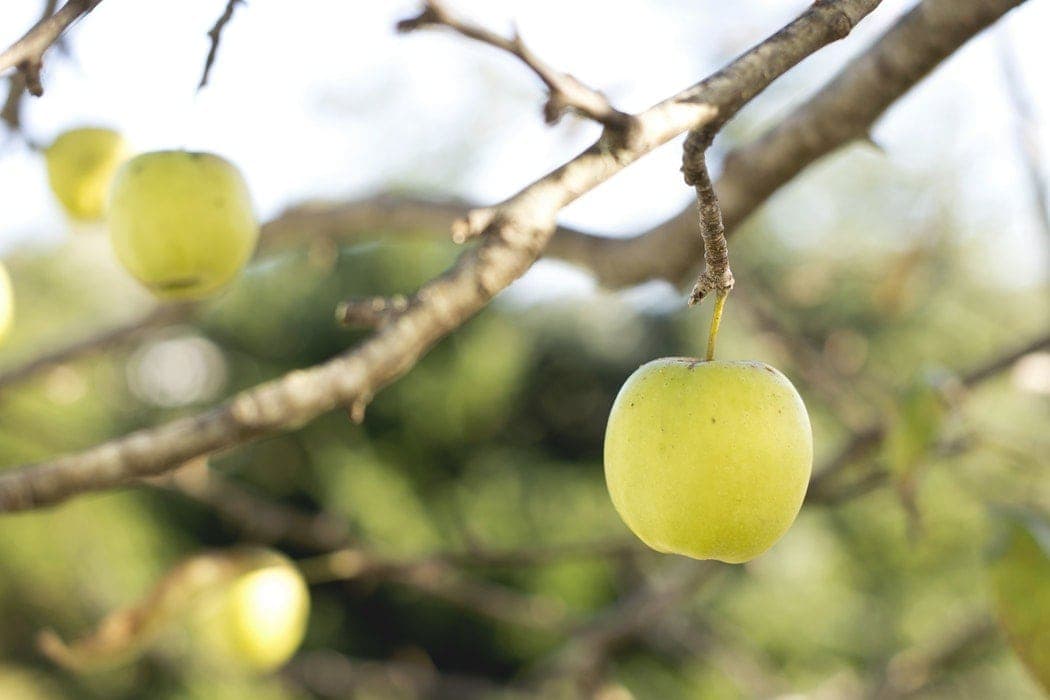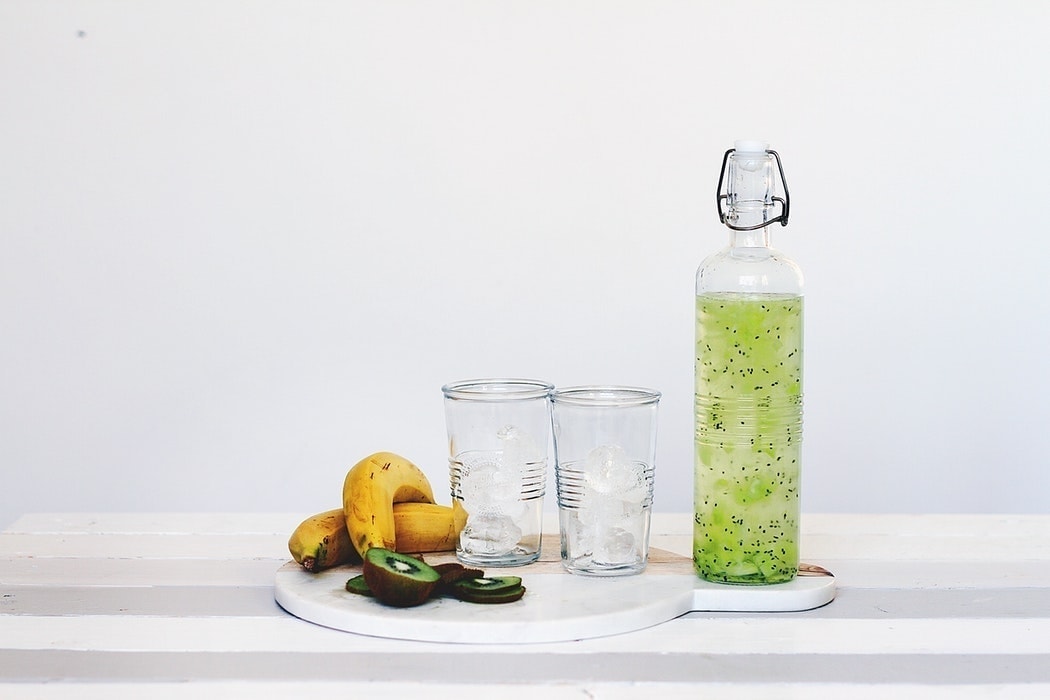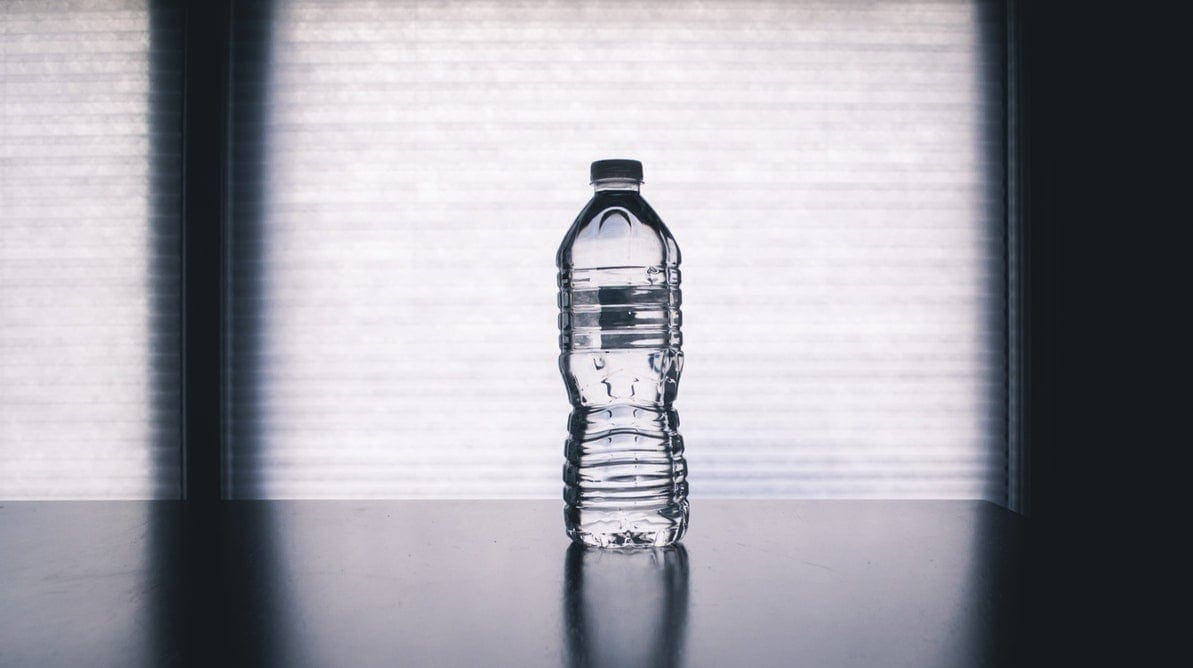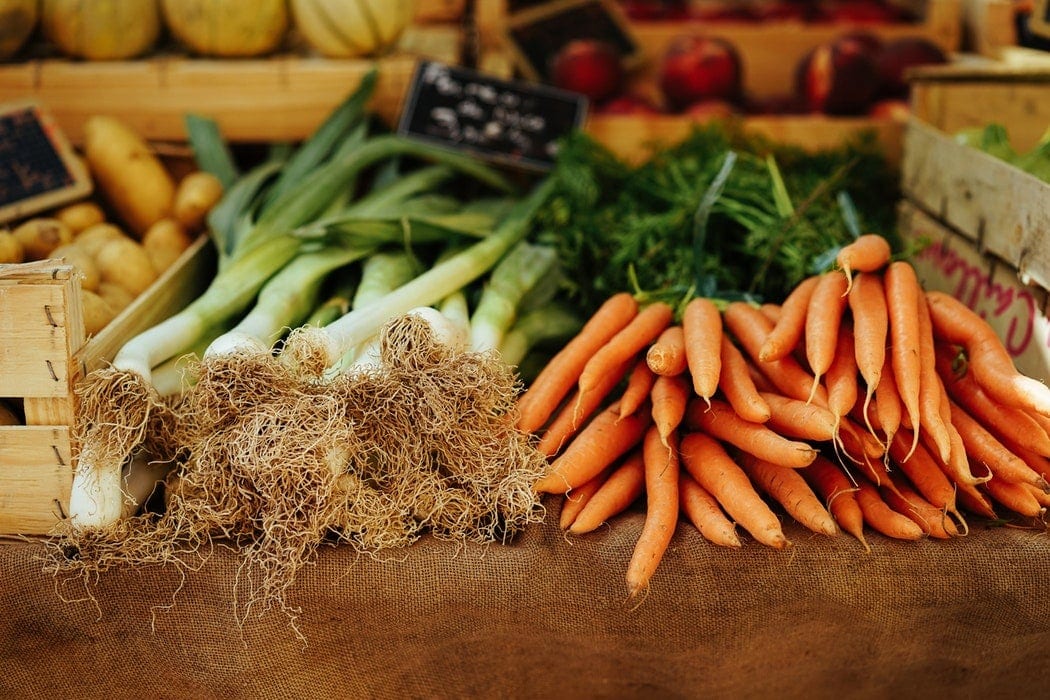
Nowadays, our society is saturated with polymeric materials that we simply call “plastics.” Plastic was a revolutionary material during the last century. Affordable and easy to shape, this multipurpose material has unfortunately been a pillar of single-use culture for some time.
Polymers aren’t harmful per se, if we use them in moderation and where they are most useful. For example, some can last hundreds of years outside, which is useful for various parts of outdoor installations, like exercise machines. The problem is when we use them for everything. But is it possible to live without plastics?
Bananas over Muffins
Food is one of the areas where the demand for plastics is highest, more out of ease than necessity, as we’ll see later on. Maybe you haven’t realized it, but bananas are “plastic,” too, as are apples, grapes, and pine nuts.
A polymer covering protects the edible part of the apple from its surroundings. We call it the “skin,” and not only is it perfectly biodegradable, it’s also perfect for making compost, generating natural gas, and serving to protect the fruit if we take it to work. If an apple is capable of “surviving” in the outdoors, it will undoubtedly make the one trip to your house without being covered in plastic.

Source: Unsplash | Author: Tim Mossholder
On the other hand, we all know those muffins and pastries that come wrapped in their own individual plastic bags, in addition to the bag that holds the rest of the muffins, of course. Thus, for every pastry or pound cake, several grams of plastic are used just to transport this food.
Is it possible to eliminate plastics from our food? The truth is that we can, at least basically all of it. Fruits, vegetables, cereals, and legumes can be bought in bulk, eliminating packaging beyond even our cloth bags. Those reusable bags, even though they’re made with polymers, will last for years if we handle them with care.
One exception would be meats, fish, and eggs, which require specific packaging for transportation, but we can take plastic containers or egg cartons to the store instead. Anyone who lives in a city can eat affordably and healthily by avoiding products that come in plastic, especially with buying in bulk on the rise.
Avoid Single-Use Plastics

Source: Unsplash | Author: Toa Heftiba
We wake up and we turn off the alarms on our phones. These phones are made in part from polymers of various sorts. It’s highly likely that the pajamas we’re wearing are, too. Clothing that’s 100% cotton is a thing of the past now that we have resistant polyester. Plastics are all around us, but these examples are precisely the ones that are not the most harmful to the environment.
A phone lasts for years, as do pajamas. Electric toothbrush heads last for three months. Tires, for thousands of kilometers. Plastic blinds, for decades. When polymeric materials are used for a certain amount of time, their impact on the environment is rather low, especially when they’re recycled properly.
Serious problems arise when large amounts of plastic are used for a brief period of time and aren’t recycled or can’t be reused. Earlier, we talked about industrial baking, while the classic example is that of PET plastic water bottles, just 9% of which are properly recycled, as National Geographic reported last year.

Source: Unsplash | Author: Steve Johnson
In our homes, we can use glass or metal bottles, and the latter are perfect for carrying in bags or backpacks, given their low cost and thermal retention. Except for during water outages, we can do away with plastic bottles entirely. Doing away with them, as the European Commission has proposed, would mean saving millions of tons of plastic every year.
The same idea applies for plastic “cutlery,” ketchup packets, and generally any packaging that will be used for 10 minutes and comes wrapped in plastic.
Can Plastic Be Recycled?
Tires are made of plastic (along with other compounds), as are umbrellas and sportswear. As we said at the beginning of this article, plastic doesn’t have to be bad if it is durable and is recycled properly after being used. The problem is when circular economy isn’t taken into account and there is a lack of demand for recycled plastic.
Regardless of how long its useful life may be, throwing it into a landfill will end up having a greater negative impact. That’s why there are brands trying to give that plastic a second life, like Ferrovial Services’ Center of Excellence for Environment.
As Jaume Cabré, the department’s head of innovation, explains, dealing with this huge amount of plastics is necessary. One of the products derived from this innovation has been a highly durable polymer that’s 100% recycled and 100% recyclable, three key factors for using circular economy properly.
When these objects may need to be disposed of in a few years or decades, they can be recycled again to meet societal needs. Urban installations, livestock fences, tools… the possibilities are endless. And with a bit of ingenuity, the future will truly be sustainable.
Plastic Made from Fruit and Vegetable Scraps?
We already said that there is plastic in fruit, and it’s true. The most well-known polymers are artificial, but nature also uses them to make tree leaves and insects’ shells, along with many other things. And what if we could manufacture compostable, recyclable, biodegradable plastics by using fruit and vegetable scraps? It’s not just science fiction.

Source: Unsplash | Author: Peter Wendt
In November 2018, The Circular Lab, a Spanish laboratory located in Logroño and specializing in circular economy, discovered how to manufacture durable polymers from vegetable scraps that are previously unused or have been used to generate energy through combustion.
These sorts of innovation are going to define a before and after, even without changing our behaviors. Currently, almost all plastic bottles on the planet end up in landfills or the ocean, as do bags, bottlecaps, egg cartons, and other single-use goods. In the future, using potato or carrot scraps to manufacture objects will help improve their recyclability and their return to nature.





There are no comments yet